
多槽手动超声波清洗机:多槽独立排水系统清洗液分类管理
作者:创始人来源:/时间:2025-05-20
在工业清洗领域,多槽独立排水系统凭借其高效、精准的清洗能力,已成为精密制造、半导体加工等行业的核心设备。该系统通过多级清洗槽的串联设计,实现了清洗液的梯度利用与污染物分级处理。本文将从技术原理与工程实践双维度,系统性阐述清洗液的分类管理体系,为行业提供兼具理论深度与实用价值的解决方案。
In the field of industrial cleaning, multi slot independent drainage systems have become core equipment in precision manufacturing, semiconductor processing and other industries due to their efficient and precise cleaning capabilities. The system achieves gradient utilization of cleaning solution and graded treatment of pollutants through a series design of multi-stage cleaning tanks. This article will systematically elaborate on the classification and management system of cleaning solutions from both technical principles and engineering practices, providing the industry with a solution that combines theoretical depth and practical value.
一、清洗液分类的必要性
1、 The necessity of classifying cleaning solutions
多槽独立排水系统的清洗液需根据化学特性、污染程度及工艺要求实施差异化管理。若采用“一刀切”的管理模式,将导致以下问题:
The cleaning solution for a multi tank independent drainage system needs to be managed differentially based on its chemical characteristics, pollution level, and process requirements. If a one size fits all management model is adopted, it will lead to the following problems:
清洗效率衰减:交叉污染会破坏清洗液的表面活性,使接触角增大,导致清洗盲区扩大。
Deterioration of cleaning efficiency: Cross contamination can damage the surface activity of the cleaning solution, increase the contact angle, and expand the cleaning blind spot.
设备腐蚀加剧:不同pH值清洗液混合后,可能产生电化学腐蚀,缩短设备使用寿命。
Equipment corrosion intensifies: After mixing cleaning solutions with different pH values, electrochemical corrosion may occur, shortening the service life of the equipment.
废水处理成本攀升:混合废水中的重金属、有机物等污染物浓度波动大,增加生化处理难度。
The cost of wastewater treatment is rising: the concentration of pollutants such as heavy metals and organic matter in mixed wastewater fluctuates greatly, increasing the difficulty of biochemical treatment.
二、清洗液分类管理体系
2、 Classification Management System for Cleaning Liquids
1. 化学特性分类
1. Classification of chemical properties
酸性清洗液:以氢氟酸、柠檬酸等为主要成分,用于去除金属氧化物。需采用聚丙烯(PP)材质容器存储,避免与碱性物质共用管路。
Acidic cleaning solution: mainly composed of hydrofluoric acid, citric acid, etc., used to remove metal oxides. Polypropylene (PP) material containers should be used for storage to avoid sharing pipelines with alkaline substances.
碱性清洗液:以氢氧化钠、碳酸钠等为核心组分,针对有机物污染。存储容器需内衬环氧树脂涂层,防止碱液渗透。
Alkaline cleaning solution: with sodium hydroxide, sodium carbonate and other core components, targeting organic pollution. The storage container needs to be lined with epoxy resin coating to prevent alkali solution from penetrating.
有机溶剂:包括异丙醇、丙酮等,用于溶解非极性污染物。需配备防爆型存储柜,并设置气体浓度监测装置。
Organic solvents: including isopropanol, acetone, etc., used to dissolve non-polar pollutants. Explosion proof storage cabinets and gas concentration monitoring devices are required.
2. 污染程度分级
2. Classification of Pollution Levels
新液:未使用的原始清洗液,需建立批次管理制度,记录生产日期、有效期等关键参数。
New liquid: Unused original cleaning solution, batch management system needs to be established to record key parameters such as production date and expiration date.
在役液:正在清洗槽中循环使用的液体,需实施动态监测,包括电导率、pH值、浊度等指标。
In service fluid: a liquid that is being circulated in the cleaning tank and requires dynamic monitoring, including indicators such as conductivity, pH value, turbidity, etc.
废液:达到更换阈值的清洗液,需根据污染物类型进行预处理,如重金属沉淀、有机物萃取等。
Waste liquid: Cleaning solution that reaches the replacement threshold needs to be pretreated according to the type of pollutant, such as heavy metal precipitation, organic matter extraction, etc.
3. 工艺流程分段
3. Segmented process flow
预清洗段:使用去离子水或弱碱性清洗液,去除大颗粒污染物。该段清洗液需高频次更换,防止颗粒物累积。
Pre cleaning section: Use deionized water or weakly alkaline cleaning solution to remove large particle pollutants. This cleaning solution needs to be replaced frequently to prevent the accumulation of particles.
主清洗段:采用高活性清洗液,针对特定污染物进行深度清洁。需配置在线过滤装置,维持液体洁净度。
Main cleaning section: using highly active cleaning solution for deep cleaning of specific pollutants. An online filtering device is required to maintain the cleanliness of the liquid.
漂洗段:使用超纯水进行最终冲洗,确保工件表面无残留。该段水质需达到电阻率≥18MΩ·cm的标准。
Rinse section: Use ultrapure water for final rinsing to ensure that there are no residues on the surface of the workpiece. The water quality of this section needs to meet the standard of electrical resistivity ≥ 18M Ω· cm.

三、分类管理实施策略
3、 Classification management implementation strategy
1. 物理隔离系统
1. Physical isolation system
管路独立设计:为每类清洗液铺设专用管道,采用不同颜色标识。管道接头处设置单向阀,防止逆流污染。
Independent pipeline design: Install dedicated pipelines for each type of cleaning solution, labeled with different colors. Install one-way valves at pipeline joints to prevent backflow pollution.
存储区域划分:建立三级存储体系,包括新液库、在役液暂存区、废液收集池。各区域设置物理隔离屏障,配备独立通风系统。
Storage area division: Establish a three-level storage system, including new liquid storage, in-service liquid temporary storage area, and waste liquid collection pool. Set up physical isolation barriers in each area and equip them with independent ventilation systems.
2. 智能监测网络
2. Intelligent monitoring network
在线传感器阵列:在清洗槽、管道关键节点部署电导率、pH值、温度传感器,实时采集数据。
Online sensor array: Deploy conductivity, pH, and temperature sensors at key nodes of cleaning tanks and pipelines to collect real-time data.
数据分析平台:构建边缘计算节点,对传感器数据进行实时分析。当指标偏离设定阈值时,自动触发报警并启动应急预案。
Data analysis platform: build edge computing nodes to conduct real-time analysis of sensor data. When the indicator deviates from the set threshold, an alarm is automatically triggered and the emergency plan is activated.
3. 动态调配机制
3. Dynamic allocation mechanism
清洗液再生系统:对在役液实施膜分离、离子交换等再生工艺,延长使用寿命。实测显示,该技术可使清洗液使用寿命延长3-5倍。
Cleaning solution regeneration system: Implement membrane separation, ion exchange and other regeneration processes on the in-service solution to extend its service life. Tests have shown that this technology can extend the service life of cleaning solutions by 3-5 times.
智能补液装置:根据清洗液消耗速率,自动计算补液量。采用蠕动泵进行精准投加,避免人为误差。
Intelligent fluid replacement device: automatically calculates the amount of fluid replacement based on the consumption rate of cleaning solution. Using a peristaltic pump for precise dosing to avoid human error.
四、技术演进方向
4、 Technological Evolution Direction
当前研究聚焦三大前沿领域:
The current research focuses on three cutting-edge fields:
相分离技术:开发磁性纳米颗粒吸附剂,实现清洗液中污染物的高效分离。
Phase separation technology: Developing magnetic nanoparticle adsorbents to achieve efficient separation of pollutants in cleaning solutions.
生物降解技术:培育特异性酶制剂,对有机清洗液进行原位降解。
Biodegradation technology: Cultivate specific enzyme preparations to perform in-situ degradation of organic cleaning solutions.
数字孪生系统:构建设备运行数字镜像,模拟清洗液状态变化,优化管理策略。
Digital twin system: Build a digital image of equipment operation, simulate changes in cleaning solution status, and optimize management strategies.
通过实施上述分类管理体系,可使多槽独立排水系统的清洗效率提升40%以上,废水处理成本降低30%,为精密制造行业提供稳定、可靠的清洗解决方案。
By implementing the above classification management system, the cleaning efficiency of multi tank independent drainage systems can be improved by more than 40%, and the cost of wastewater treatment can be reduced by 30%, providing a stable and reliable cleaning solution for the precision manufacturing industry.
本文由多槽手动超声波清洗机友情奉献.更多有关的知识请点击:我们将会对您提出的疑问进行详细的解答,欢迎您登录网站留言.
This article is a friendly contribution from CNC high-pressure cleaning machine For more information, please click: We will provide detailed answers to your questions. You are welcome to log in to our website and leave a message
推荐文章
 公司:宝典图库
公司:宝典图库  热线:18663767799
热线:18663767799 地址:山东省济南市济阳区创业路与启航街交叉口南40米
地址:山东省济南市济阳区创业路与启航街交叉口南40米




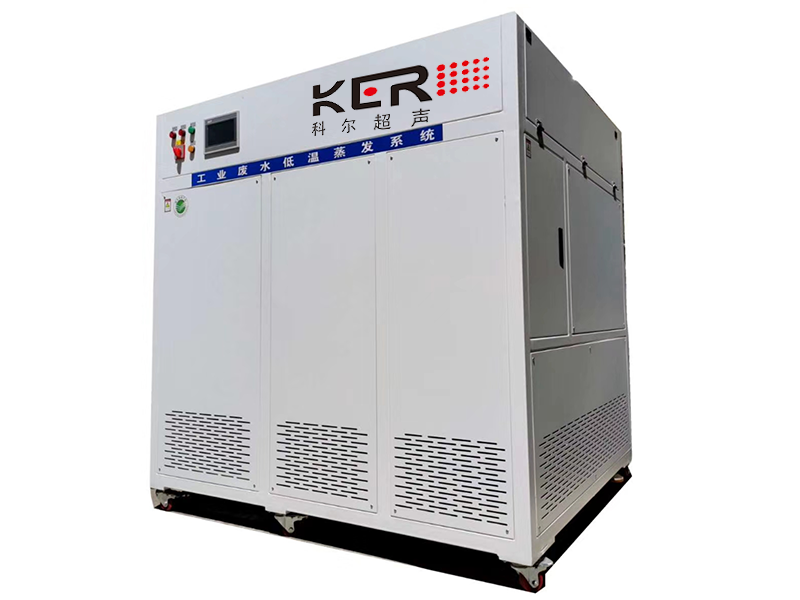
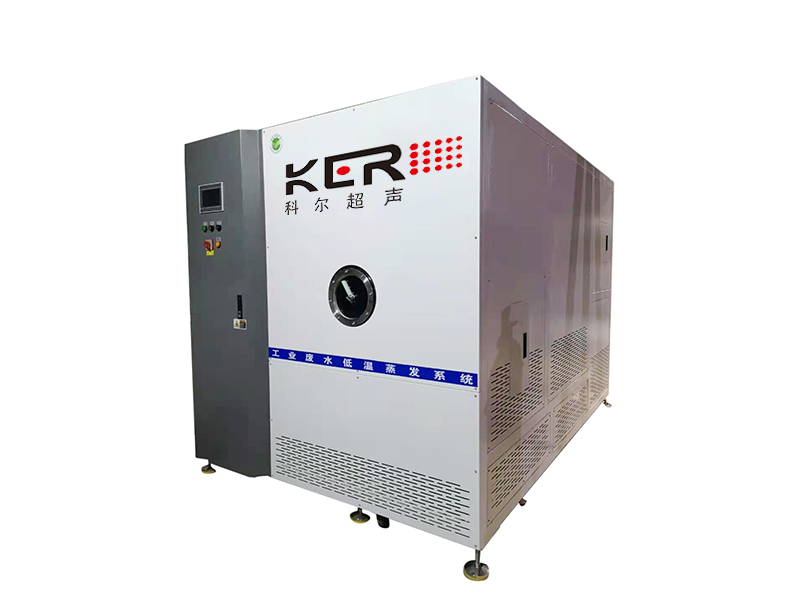
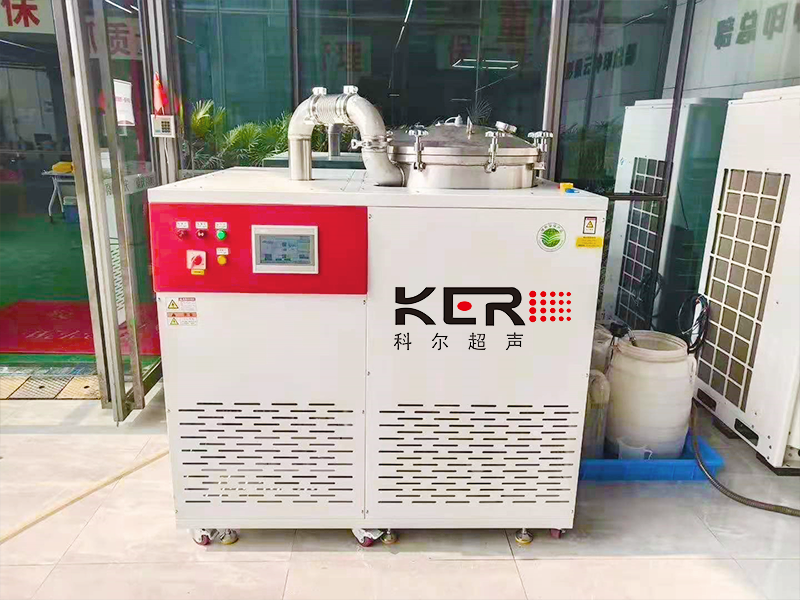
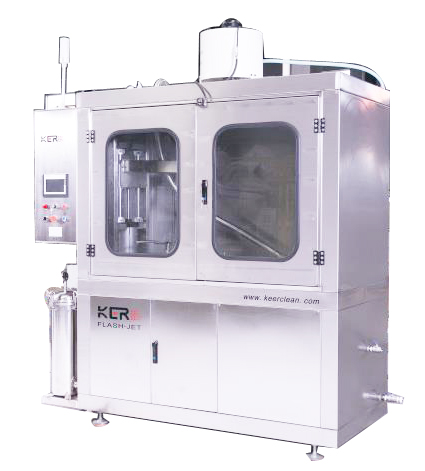
 常见问题
常见问题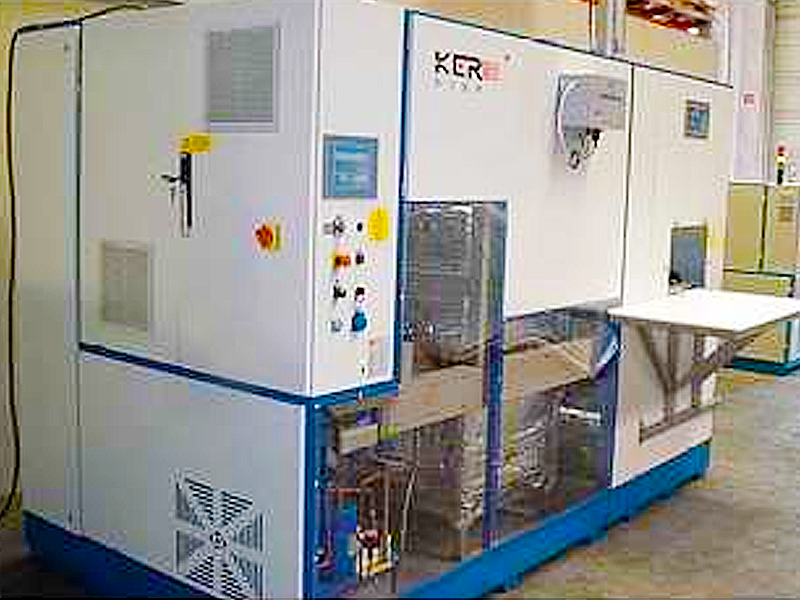
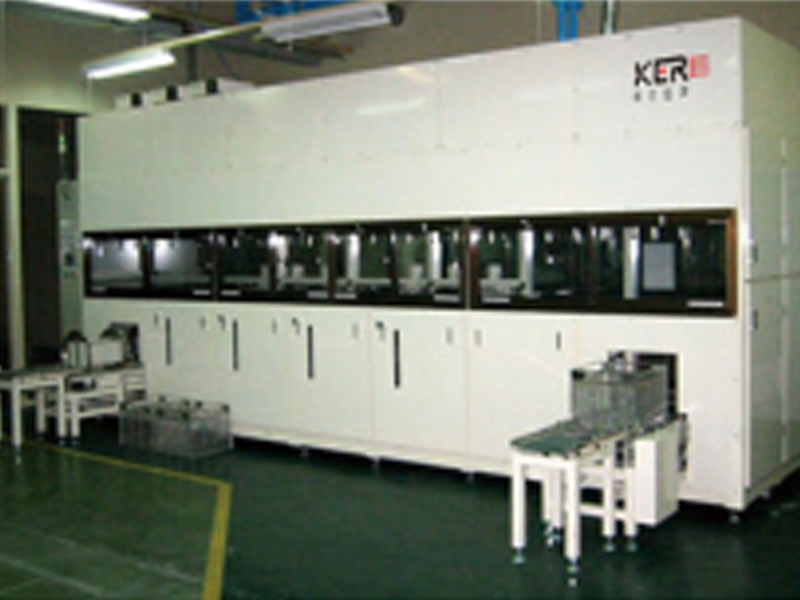
 联系我们
联系我们
 咨询电话:18663767799
咨询电话:18663767799 E-MAIL:
E-MAIL: 地址:山东省济南市济阳区创业路与启航街交叉口南40米
地址:山东省济南市济阳区创业路与启航街交叉口南40米 鲁公网安备 37011202001385号
鲁公网安备 37011202001385号
